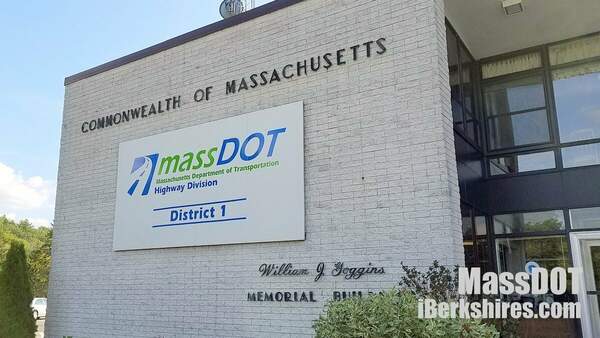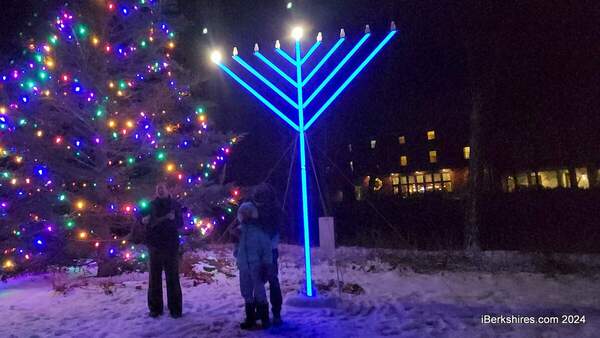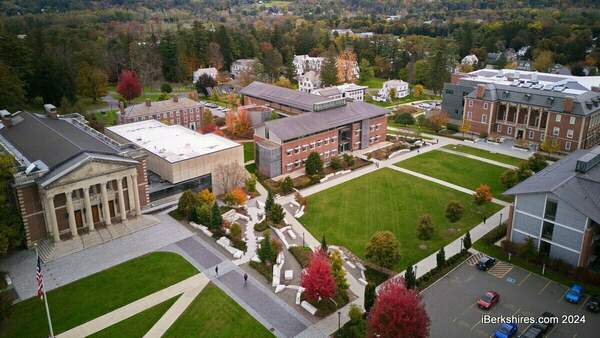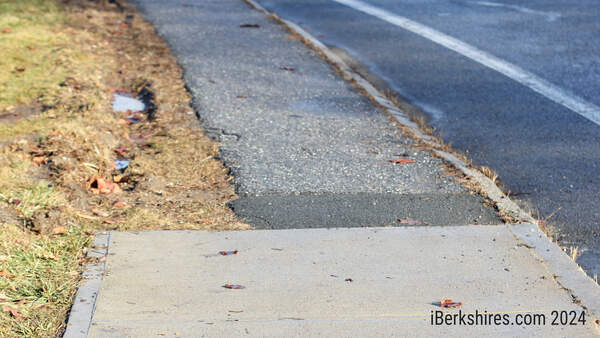WILLIAMSTOWN, Mass. — Mount Greylock Regional School District will broaden its diversity efforts to the larger community with an Oct. 28 presentation by nationally known author and speaker.
Simran Jeet Singh, the executive director of the Aspen Institute's Religion and Society Program, will be in town for two days to work with the district's elementary school and middle-high school students around the issues of bias and empathy.
On Friday, Oct. 28, at 7 p.m., he will share some of the same thoughts with a wider audience.
"We asked him if he would do an evening presentation for caregivers," Director of Curriculum and Instruction Joelle Brookner told the School Committee at its September meeting. "Anybody is invited. We encourage folks to come. We would love that."
During the day, Singh will speak at an assembly at each of the district's elementary schools and give three talks to students at Mount Greylock, one for seventh- and eighth-graders, one for ninth and 10th graders and one for juniors and seniors.
He also will lead a half-day workshop for staff on that Friday, which is an early dismissal day for the district's students.
That evening, he will speak on, "Talking to Kids About Racism," in the auditorium at the middle-high school.
"Parents are hungry for that," Superintendent Jake McCandless said. "Parents and caregivers. People in the community are hungry for that. And we're grateful to be in a position to provide that."
Singh is the author of "The Light We Give: How Sikh Wisdom Can Transform Your Life," and in 2020 was recognized by Time Magazine as one of "16 People or Groups … Fighting for a more Equal America."
"He is, honestly, one of the most positive, calming people I have ever met," Brookner said. "I'm really looking forward to meeting him in person.
"He talks about belonging a lot. He talks about his own experiences. His new book is really talking about his own experiences with racism."
In other business at Thursday's virtual meeting, the School Committee heard reports from administrators about the summer programs the district offered in July and August and the start of the school year this month. It also established procedures for evaluating McCandless, who was hired in the summer of 2020.
The committee also appointed McCandless to a newly formed committee to oversee the construction of a new grass multisport field and track at the middle-high school. The new committee is a reincarnation of the group that selected an architect for the project this summer and also includes business administrator Joe Bergeron, operations manager Rob Wnuk, School Committee member Carrie Greene, track and field coach Brian Gill and athletic director Lindsey von Holtz.
Greene told her colleagues that the soonest the field will be ready for action by the school's soccer and lacrosse teams would be the spring of 2024 if the district chooses to install a sod surface; if it goes with a less expensive seed option, it is looking at the fall of ‘24, Geene said.
Greene said that the field committee would be coming back to the School Committee later this year for decisions like seed vs. sod and whether to include lights as part of the base bid or as an "add alternate" for the project.
The field project is being funded by proceeds from a capital gift from Williams College.
| If you would like to contribute information on this article, contact us at info@iberkshires.com. |
















